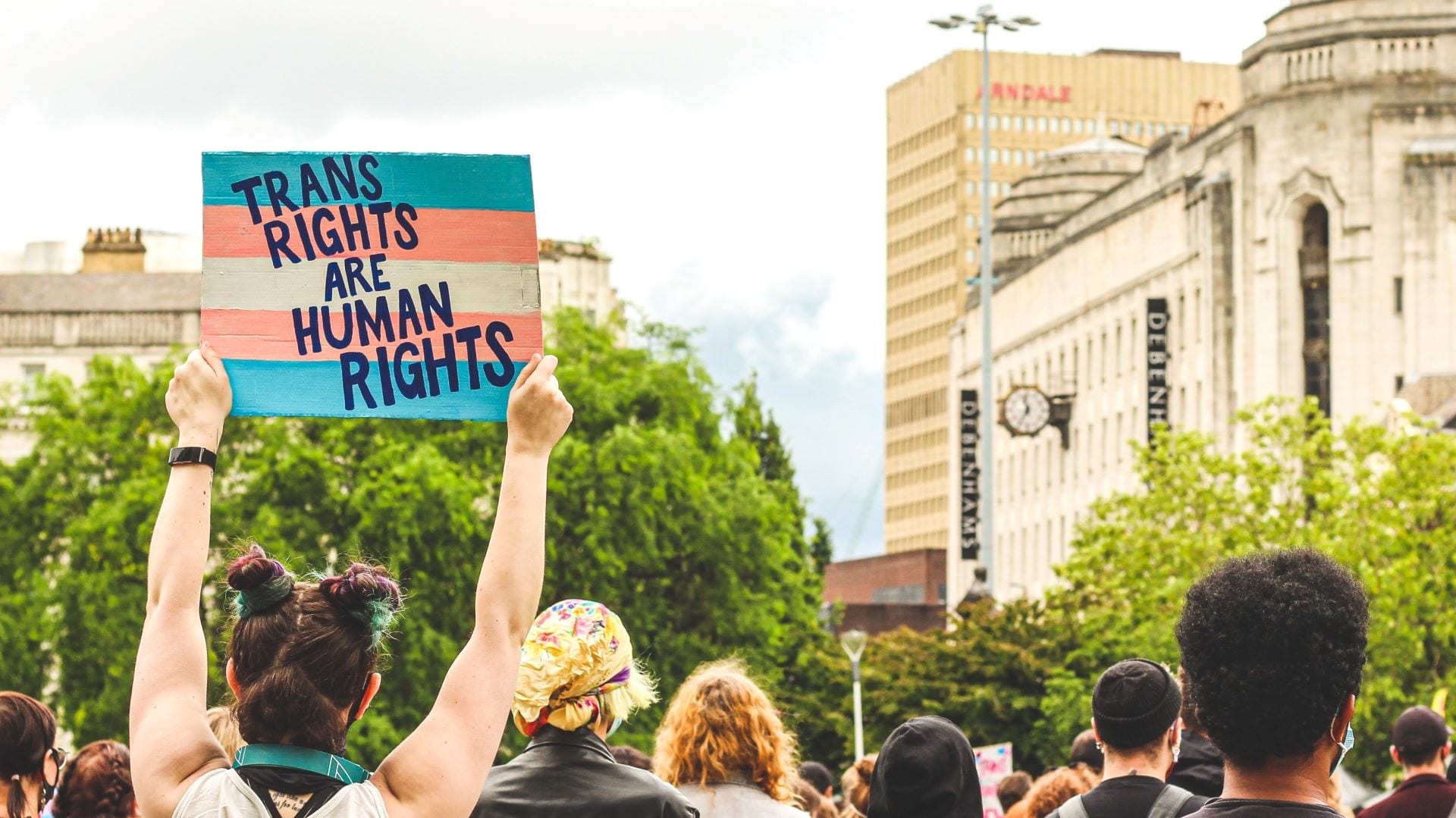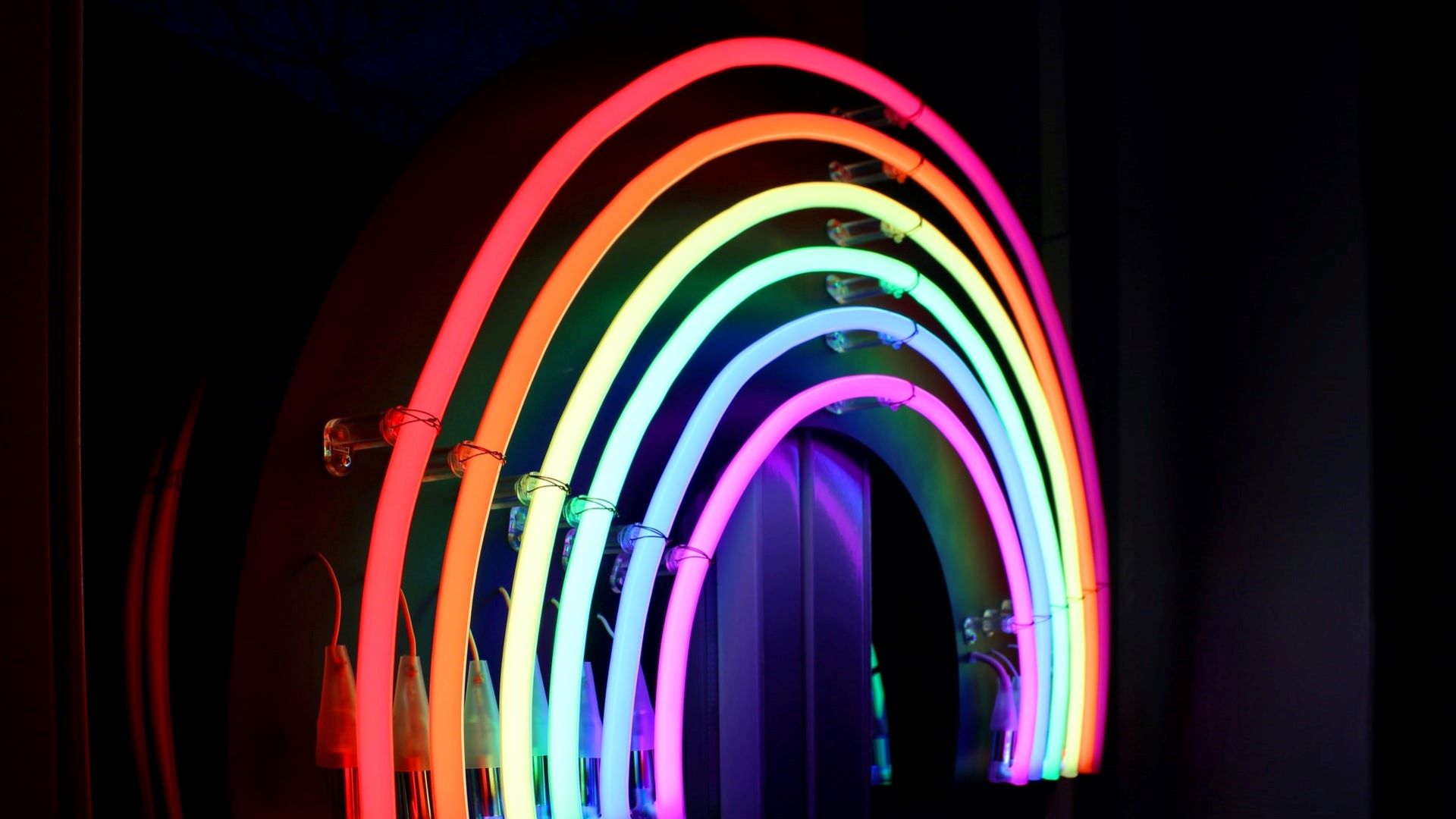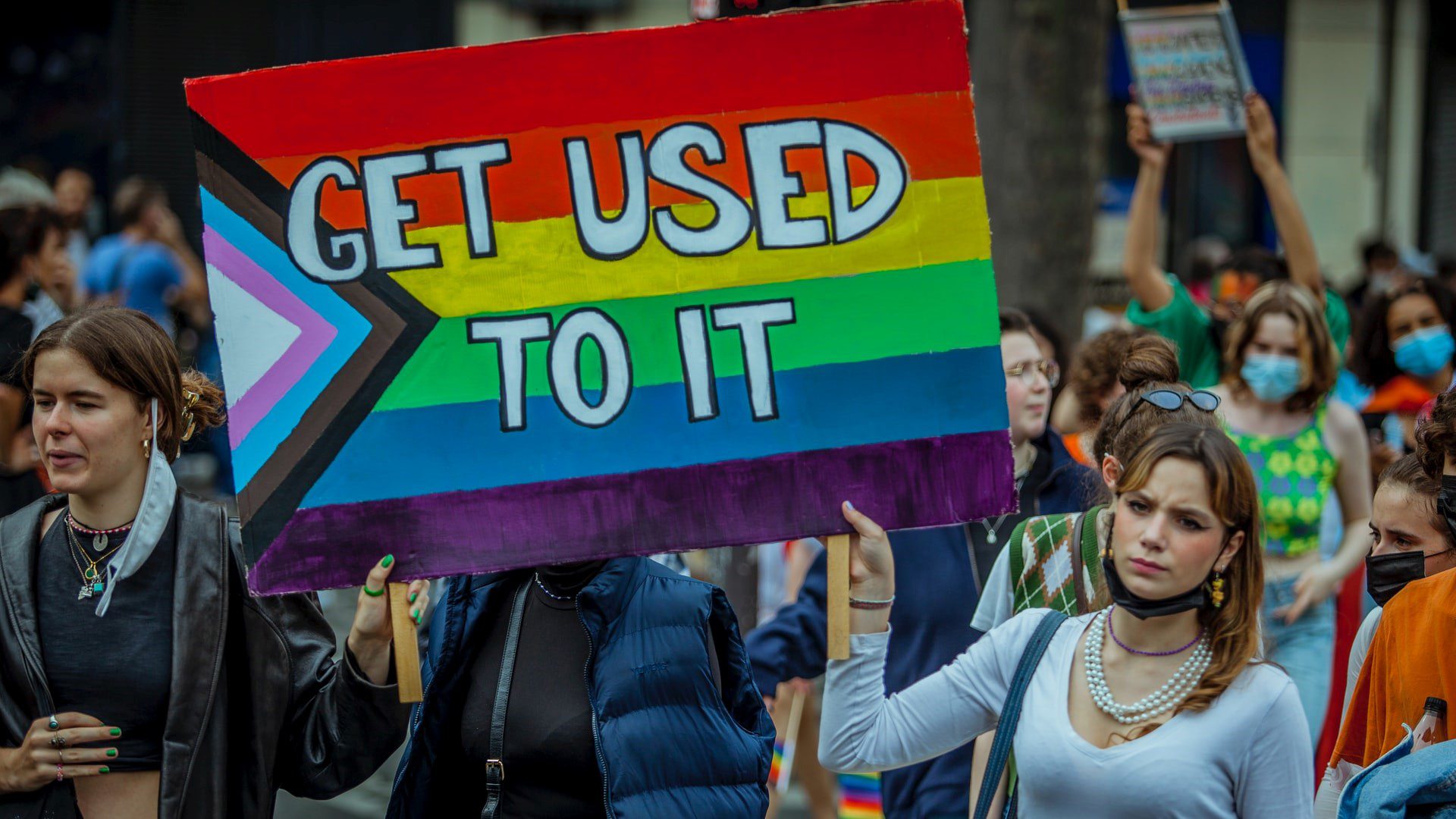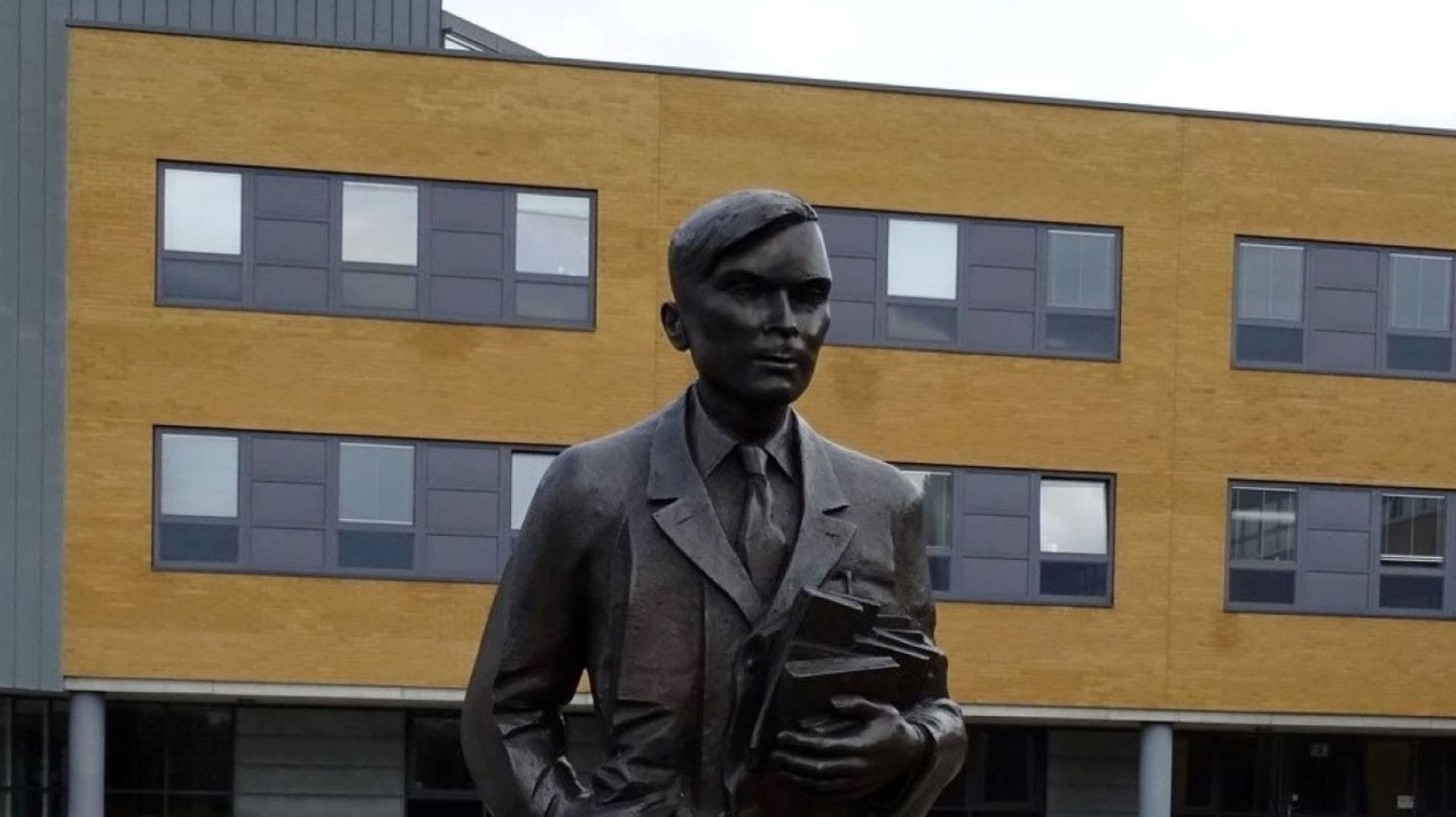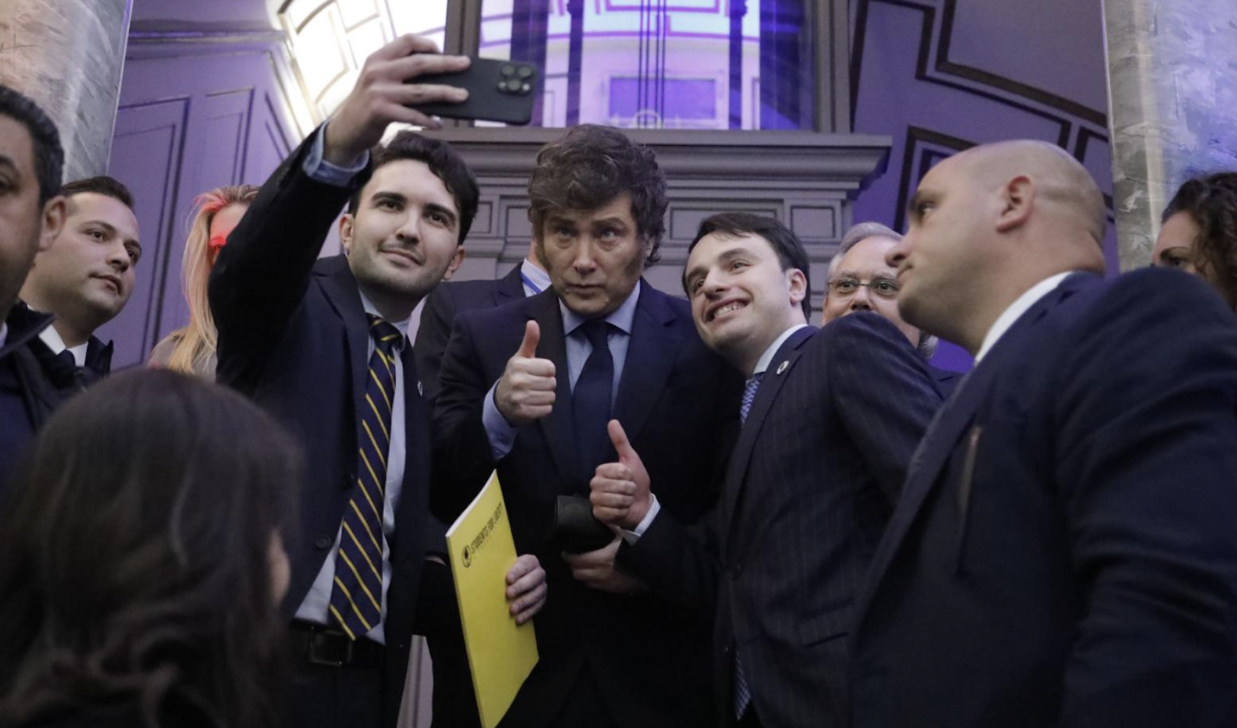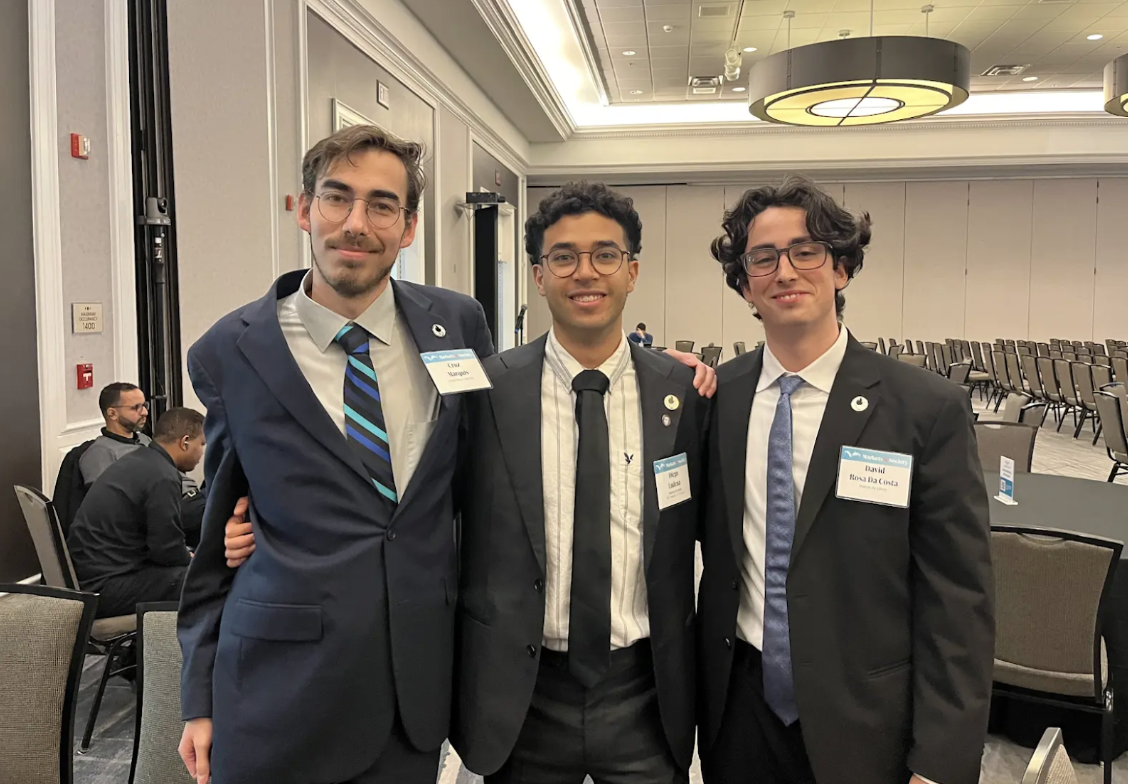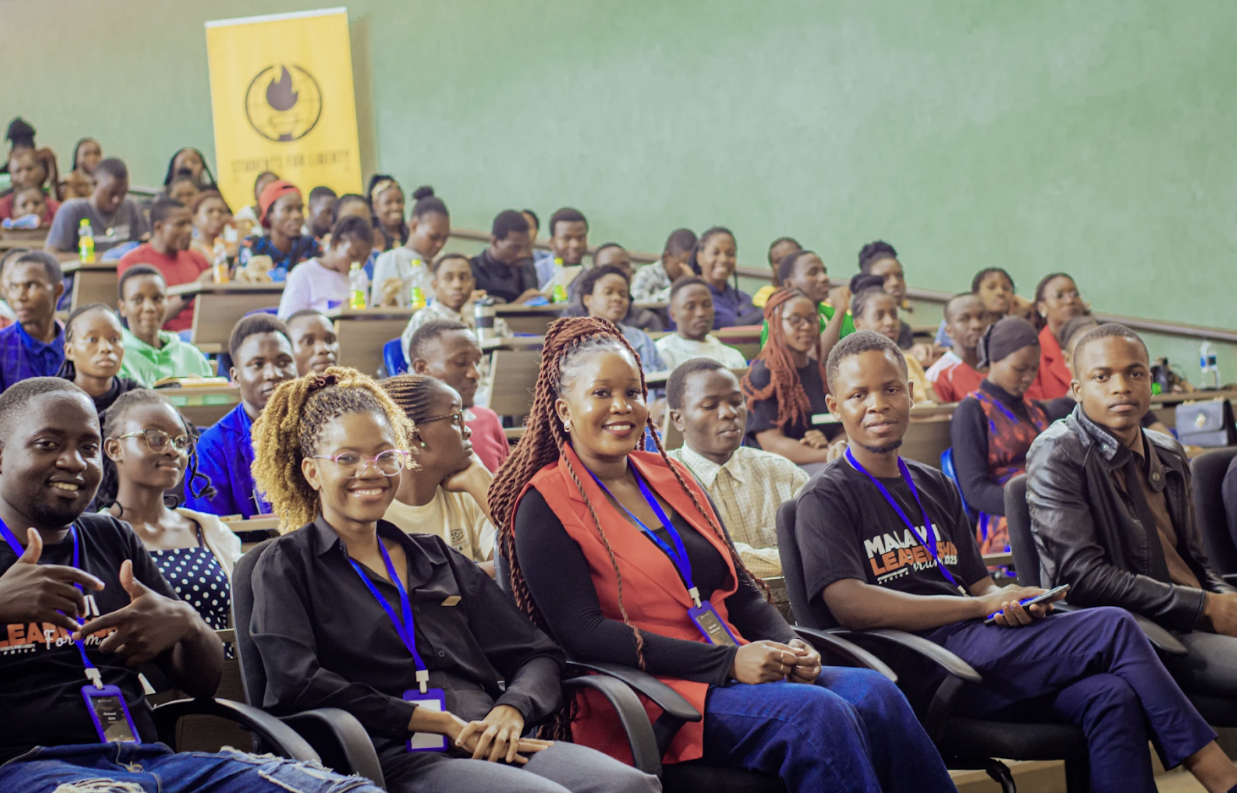By Chance M. Davies
The term “transgender” is an umbrella label for “people whose gender identity and/or gender expression differs from what is typically associated with the sex they were assigned at birth.” As with other groups who do not fit the norm, transgender people face significant discrimination, hardships, and violence.
Each year, on November 20, Transgender Day of Remembrance is observed as a day to reflect on the human lives lost due to anti-transgender violence and hatred. For the period running from 1970 to 2014, the Transgender Violence Tracking Portal reports a staggering 1,935 murders of transgender people.
Considering such murders are rarely reported, it’s safe to say that this number is grossly under the actual rates. According to a 2013 study, even though only 0.3% of Americans identify as transgender, murder rates for the transgender community are around 50% higher than for gays, lesbians, and bisexuals.
Harassment from law enforcement
But it’s not just interpersonal violence that’s a problem; it turns out governments have a notable anti-trans stance too. In a 2011 National Transgender Discrimination Survey, 22% of respondents reported harassment when interacting with police officers, and 46% of respondents stated that they aren’t comfortable seeking assistance from police officers.
Another study shows that transgender people are 3.32 times more likely to experience police violence than non-transgenders. This, coinciding with the general violence against the transgender community, sets the groundwork for an entire minority of people to be forced into a continual cycle of hatred.
Transgender people who consistently experience fear for their safety don’t feel comfortable pursuing assistance from the public servants who should be there to protect them, and thus, transphobic violence goes unchecked.
The system has long been rigged against transgender people
There are several factors behind the continued prominence of transphobia in Western society, ranging from government regulation around transitioning to discrimination among the medical establishment.
For instance, from the mid-19th century until recently, being transgender was treated as a mental disorder (Gender Identity Disorder/Gender Dysphoria) rather than as a gender identity. In 2019, the WHO finally removed Gender Identity Disorder from its global manual of diagnoses, yet it has nonetheless contributed, over time, to a powerful and enduring stigma against the transgender identity.
Governments pose another obstacle with a lack of flexibility in accommodating transgender people who seek to obtain government identification documents that respect their gender identity. This can make it very difficult for those concerned to attain many basic necessities like employment, housing and healthcare.
It also inhibits people’s ability to vote and even to simply enter public washrooms. Transgender people were also, until recently, banned from participating in military service in the United States, and remain so in many other countries.
Governments have long history of discriminating against LGBTQ people
It’s important to note that many governments have always taken an aggressive stance against individuals who have broken with society’s narrow gender definitions. For example, people like Virginia Prince (an American transgender activist) had their sexuality and gender identity targeted by the federal government in the 1960s.
Prince was put on trial for “obscenity” due to the sexual letters she sent to a trans woman across the country, completely violating her right to privacy. The federal government used the draconian Comstock Laws and the criminalization of various sexual and perceived-as-sexual activities (such as homosexuality and cross-dressing) to stifle the distribution of LGBTQ publications like ONE: The Homosexual Magazine and Prince’s Transvestia.
Police abuse of transgender people in the 1960s culminated in incidents like the Stonewall Riots and the 1966 Compton’s Cafeteria Riot, both of which marked a turning point in the LGBTQ Civil Rights Movement.
The struggle for transgender equality has a long history. Unfortunately, our governments are still making it incredibly difficult for the transgender community to make any headway in this country, and every day too many people are denied basic opportunities, and general safety.
The fact of the matter is transgender people do not receive equal treatment, either culturally or legally. We all need to make this our fight. We all need to remember that basic human rights aren’t privileges; they are non-negotiable and we need to be there when push comes to shove, not just for our transgender friends, but for everyone on this wonderful and diverse planet.
To read more about LGBTQ rights, be sure to check out our cluster page by clicking on the button below.
Updated by Joseph Simnett
This piece solely expresses the opinion of the author and not necessarily the organization as a whole. Students For Liberty is committed to facilitating a broad dialogue for liberty, representing a variety of opinions. If you’re a student interested in presenting your perspective on this blog, send your piece to [email protected], and mention SFL Blog in the email subject line for your chance to be published and be seen!
